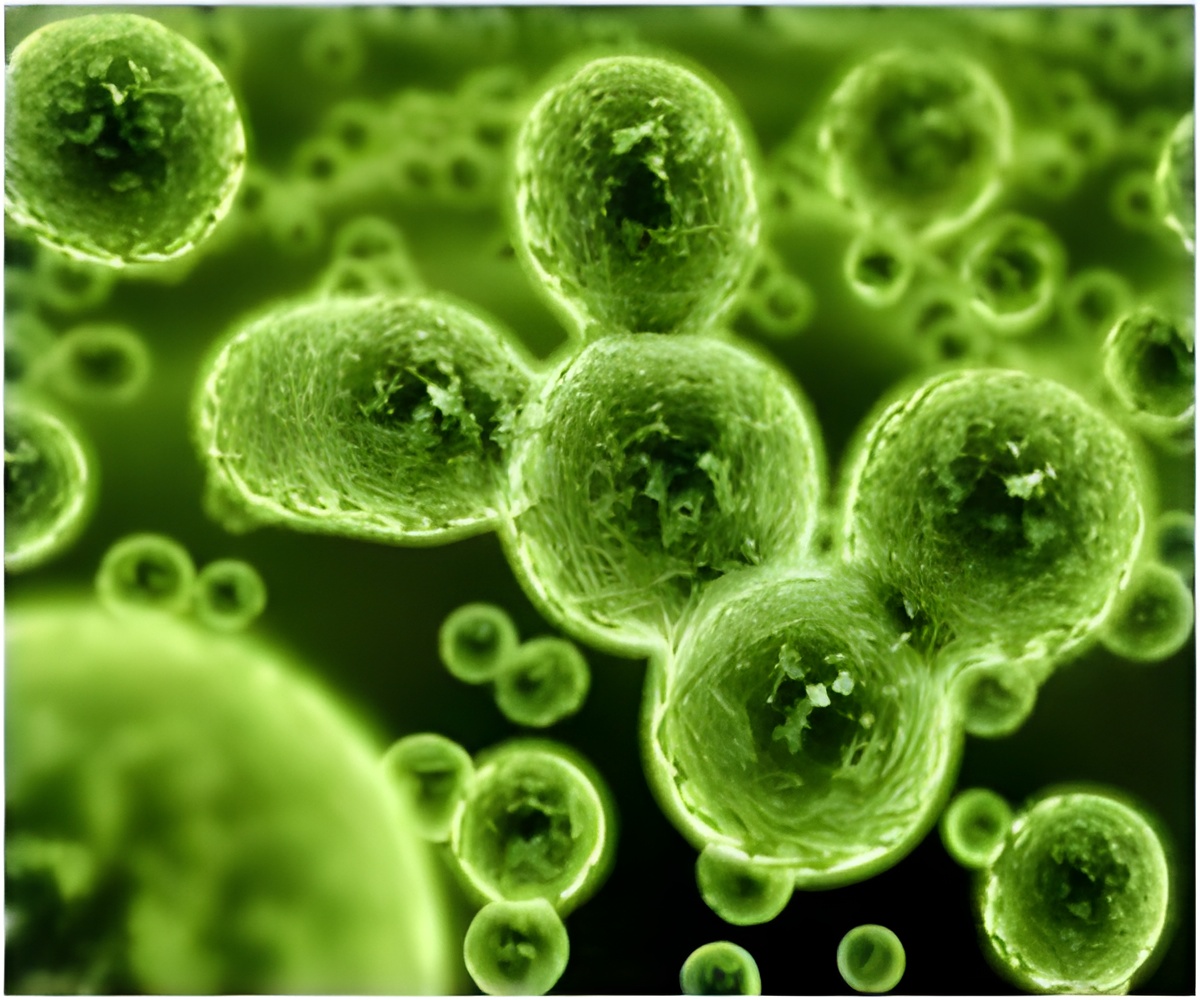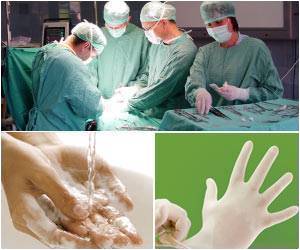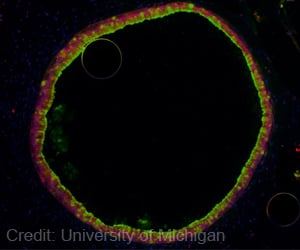
‘Computer models can determine the exact temperature and water balance required to kill the bacteria.’
Tweet it Now
The new study was from USC Viterbi School of Engineering professors Priya Vashishta, Rajiv K. Kalia and Aiichiro Nakano.
Vashishta, Kalia and Nakano have joint appointments with the USC Viterbi's Department of Computer Science, the Mork Family Department of Chemical Engineering and Materials Science, and the USC Dornsife's Department of Physics and Astronomy."Imagine bacterial spores are like a seed with a hard coating that preserves the DNA machinery," says Vashishta, the director of USC's Collaboratory for Advanced Computing and Simulations.
This hard coating acts as an armor protecting the spore. In this "freeze-dried," almost lifeless state, the spores wait for the right conditions to bloom into harmful bacteria.
Earlier studies have shown that wet heat sterilization can destroy disease-causing bacteria, but the mechanisms whereby spores are killed by this treatment had not been fully revealed.
As such, optimizing the technique and assuring the destruction of bacterial spores with any degree of certainty has been a challenge for public health authorities and defense agencies.
Advertisement
Using x-ray crystallography data, the researchers first determined the key elements of a single bacterium water, acid and a calcium ion. Then, they used a supercomputer to run hundreds of thousands of simulations, controlling the percentage of acid, water and calcium, and watched what happened.
Advertisement
"Our models showed the spores perform a kind of chemical magic trick to intentionally freezes themselves and immobilize the water in their cells," says Nakano, who also holds an appointment with USC's Department of Biological Sciences.
"The frozen cells cannot be disturbed by any radiation or chemical process and it also protects the DNA, so the spores can continue to reproduce."
According to the researchers' models, a combination of heat and moisture "defrosts" the water inside the cell, returning it to a liquid form. Without this protective barrier, the spore is more easily destroyed.
The computer models also allowed the researchers to determine the exact temperature and water balance needed to destroy the bacteria: between 90-95 degrees Celcius with a water concentration above 30 percent.
These insights could be used to prevent microbial contamination on food processing equipment and limit the spread of disease in the event of a biological attack. And because the process relies on moist-heat rather than chemical processes, the bacteria shouldn't be able to develop resistance.
Source-Eurekalert











